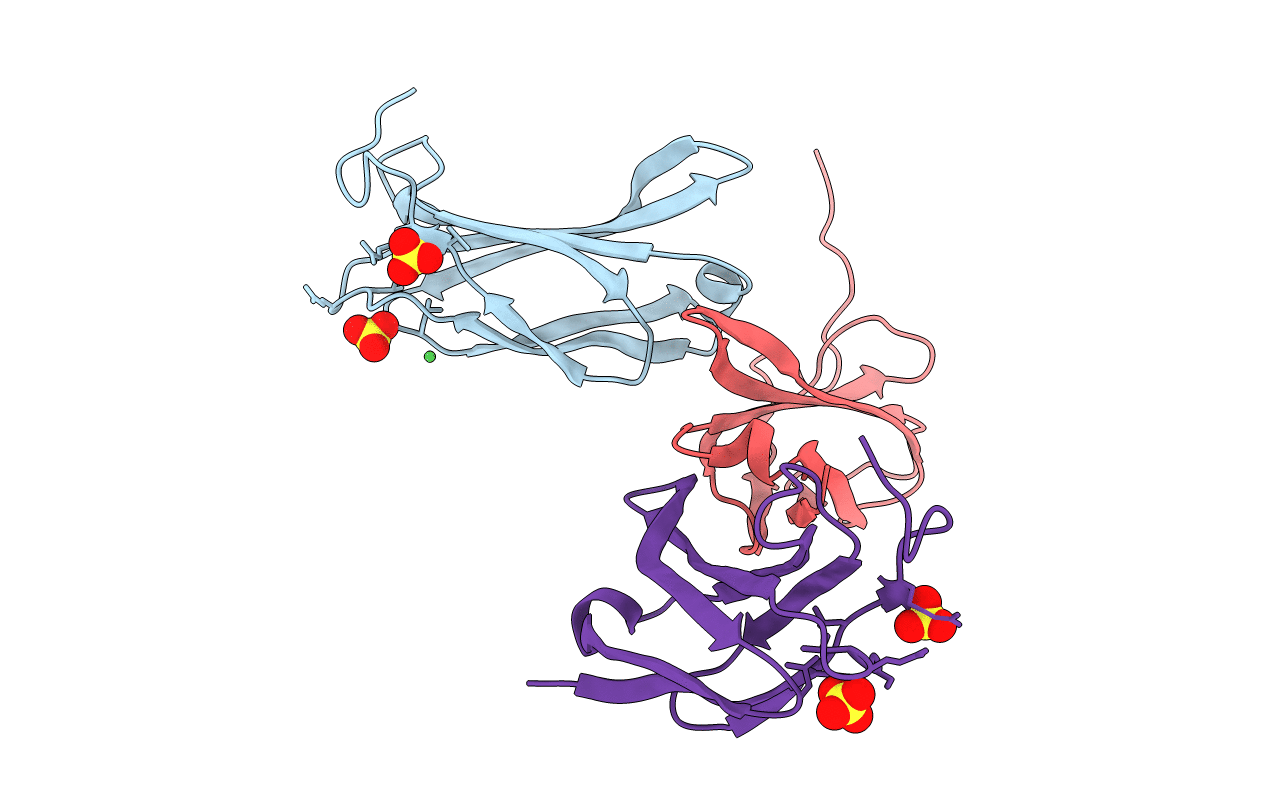
Deposition Date
2011-05-20
Release Date
2011-08-10
Last Version Date
2024-10-16
Entry Detail
PDB ID:
2YJL
Keywords:
Title:
Structural characterization of a secretin pilot protein from the type III secretion system (T3SS) of Pseudomonas aeruginosa
Biological Source:
Source Organism:
PSEUDOMONAS AERUGINOSA (Taxon ID: 208964)
Host Organism:
Method Details:
Experimental Method:
Resolution:
1.81 Å
R-Value Free:
0.26
R-Value Work:
0.21
R-Value Observed:
0.22
Space Group:
C 1 2 1


